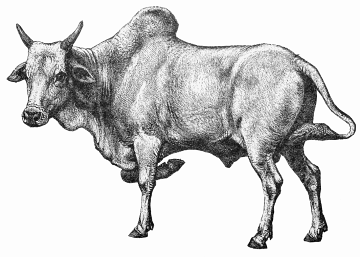Now down to business... Today the focus of discussion is on the Numbat featured below:
Now the only reason why I am posting a picture of another animal below is to make a clear and precise point:

Now here is a great example of an animal who was named after a bat and as you can tell it is well justified. Here below is quite possibly the greatest and most useful and diversified pokemon.

As you can notice blatantly, the Numbat in no way shape or form resembles the appearance of a bat or even a Zubat for that matter. To name the innocent Numbat after a bat is not only wrong and shallow, but it is furthermore racist. This very action goes against the dream of MLK who desired to be judged by the "content of our character." It appears as if the individual who discovered the Numbat did not take a close enough look at its character and give it its own respected name, but instead had a narrow perception and simply named it after a bat. How far fetched?
Did Abe Lincoln not free the slaves with the Emancipation Proclamation for a reason? Did the morality and views of those who agreed with John C. Calhoun not die in flames with the burning of the confederation? I once thought the answers to all of these questions was an overwhelming yes, but I am now starting to question my previous views. Its not only scary, but it is alarming.
What is occurring to the innocent Numbat is the equivalent of naming a woman a woman. Under no circumstances should we call woman a variation of a man, for they do not have the same potential as man. Now I am not saying the Numbat does not have the same potential as a bat, for it could potentially have more, more necessary research is needed, and this is not my expertise, I only inform regarding why underappreciation exists.
So, I pose a few questions to generate lively discussion. Remember, while it is nice to simply read my blog, there is a special place in my heart for those who read and comment my blog. Not just here and there, but on a CONSTANT basis.
1) Can you think of anymore examples of an animal that was demoralized and named after another animal with no striking resemblance?
2) What do you think of my blog thus far? Do you feel it has lived up to my claim of the "golden age" (see blog 1 for more details)
3) What animal do you feel can be justified as being the most underappreciated animal thus far as mentioned per my previous blogs.
This blog has been brought to you by the awe inspiring scholar Michael J. DeFelice




